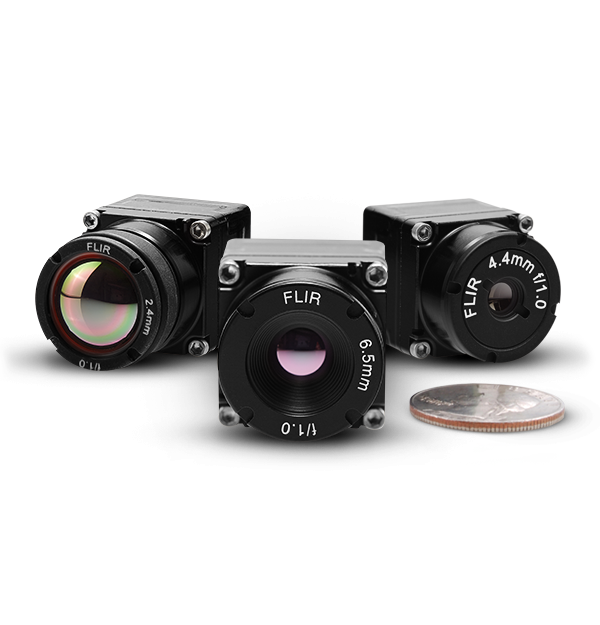1
Lasers / Re: Laser manufacturers for SLR
« on: February 02, 2023, 10:57:55 AM »
Hi Arttu
Thanks for posting this. We are also thinking at Herstmonceux about our next laser and looking at the choices out there. Our HighQ 2kHz laser works, but is no longer supported.
Some options:
If you can decide what fire rates and pulse energies you want then the choices become easier. We would also be interested in IR operations.
Matt
Thanks for posting this. We are also thinking at Herstmonceux about our next laser and looking at the choices out there. Our HighQ 2kHz laser works, but is no longer supported.
Some options:
- Photonics Industries.
RGLX Series High Pulse Energy
Picosecond Lasers
It offers 4mJ in IR and 2.5mJ in green. It can fire up to 5kHz. However, the pulse width is 25ps.
https://www.photonix.com/product/rglx-series-lasers/ - Edgewave
PX-series InnoSlab Laser
It offers a maximum pulse energy up to 1.5mJ in IR and 0.6mJ in green. The pulse width is 10-12ps. It can fire up to 50MHz. The maximum output average power is 400W in IR and 200W in green.
https://www.edge-wave.de/web/en/produkte/ultra-short-pulse-systeme/px-serie/ - NeoLASE
Picosecond Laser – neoMOS 10ps
It offers a maximum pulse energy up to 0.25mJ in IR. The pulse width is <10ps. I. It can fire up to 40MHz. The maximum output average power is 50W in IR.
https://neolase.com/produkte/?lang=en - ALPHALAS
High-Energy Picosecond Laser: PICOPOWER™-RG1-1064-10K
It offers a maximum pulse energy of 0.05mJ in IR and 0.033mJ in green. The pulse width is <30ps. I. It can fire at 10kHz. The maximum output average power is 0.5W in IR.
https://www.alphalas.com/products/lasers/high-energy-picosecond-laser.html - PASSAT
High-Energy DPSS Picosecond Lasers
It offers a maximum pulse energy of 0.5mJ in IR and 0.3mJ in green. The pulse width is 8ps. I. It can fire at 400Hz. This can be upgraded to 1.2mJ in IR 07mJ in green and 1kHz. Alternatively, there is a 0.065mJ version that fires at 14kHz.
https://passatltd.com/compiler-picosecond-lasers/ - LUMENTUM
PicoBlade 3
It offers a maximum pulse energy of 0.0225mJ in IR and 0.0125mJ in green. The pulse width is 10ps. I. It can fire at 8MHz.
https://www.lumentum.com/en/products/laser-ultrafast-industrial-picoblade-3 - EKSPLA
Atlantic 80
It offers a maximum pulse energy of 0.2mJ IR and 0.1mJ in green. The pulse width is 10ps. It can fire at 1MHz.
https://ekspla.com/product/atlantic-series-industrial-picosecond-diode-pumped-laser/ - DaHENG
Sagittar-H
It offers a maximum pulse energy of 0.1mJ and 0.1mJ in green. The pulse width is 12ps. It can fire at 1MHz.
https://www.gophotonics.com/products/lasers/daheng-optics/29-923-sagittar-h - AMPHOS
Amphos5000 Series
https://www.amphos.de/products/amphos5000/ - Spark Lasers
Sirius
It offers a maximum pulse energy of 0.06mJ in IR and 0.032mJ in green. The pulse width is 10ps. It can fire at 1 MHz.
https://spark-lasers.com/produit/sirius/ - CNI
Mode-locked picosecond pulsed
laser at 532nm
It offers a maximum pulse energy of 2.0mJ in green. The pulse width is 15ps. It can fire at 5 kHz.
https://www.cnioptics.com/mode-locked-laser/58700246.html/
If you can decide what fire rates and pulse energies you want then the choices become easier. We would also be interested in IR operations.
Matt


